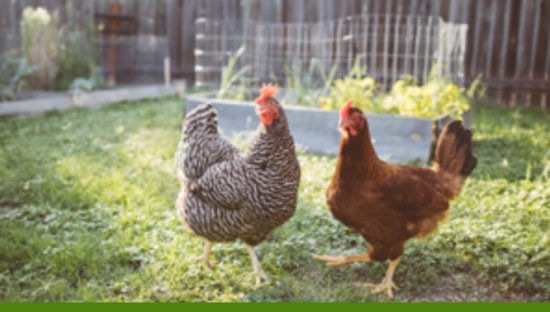November 27, 2025 | 14:42 GMT +7
November 27, 2025 | 14:42 GMT +7
Hotline: 0913.378.918
November 27, 2025 | 14:42 GMT +7
Hotline: 0913.378.918

The virus is increasingly being found in mammals in the United States and other countries.
According to John R. Clifford, veterinary trade policy advisory for the USA Poultry & Egg Export Council, an approved vaccine is not yet available that is a “good match to the virus.” That leaves biosecurity measures as the best U.S. weapon against the virus.
Clifford, who is scheduled to speak at the upcoming Chicken Marketing Summit, says the worst-case scenario would be the continuation of the current situation for “many years.” The Chicken Marketing Summit is scheduled for July 31 to Aug. 2 in Miramar Beach, FL.
Vaccinations against HPAI are being used in Mexico, China, Egypt and Vietnam.
The highly pathogenic avian influenza (HPAI) viruses have been detected in U.S. wild aquatic birds, commercial poultry, and backyard or hobbyist flocks since January 2022, causing the destruction of 58,645,211 birds. These are the first detections of HPAI viruses A (H5N1) in the U.S. since 2016.
The virus is increasingly being found in mammals in the United States and other countries.
Bird flu does not currently threaten food safety and only one U.S. poultry worker was sickened by the virus and that individual made a complete recovery. The virus has, however, turned up in 47 states, according to the federal Centers for Disease Control and Prevention in Atlanta. Birds not killed by the fast-moving virus are culled to prevent further spread.
Bird flu continues to strike. This week a mixed flock of 114 chickens, ducks, and geese were infected with the virus in LeSueur County, MN. The backyard flock was culled after the virus was confirmed by a federal laboratory in Ames, IA. HPHI strike was announced by the Minnesota Board of Animal Health.
Minnesota’s last case was reported four months ago, and the spread is blamed on migratory birds.
During the last week of March, Chile reported a second non-U.S. case of human infection with the avian influenza A(H5N1) virus. This second human “H5N1 bird flu” virus infection was reported in South America. The first was reported by Ecuador in December and was associated with exposure to backyard poultry.
In February of this year, neighboring Peru reported H5N1 virus infections in sea lions and pelicans after die-offs in those animals. Globally, there have been 11 human cases of H5N1 reported since January 2022. The prior 10 H5N1 cases all had exposure to poultry.
The source of H5N1 virus infection for the patient in Chile is part of an ongoing investigation. A respiratory specimen from the Chile case patient is being sent to the U.S. Centers for Disease Control and Prevention for confirmation and additional testing. In the U.S., one H5N1 case was reported in a person who reported fatigue without any other symptoms after poultry culling activities.
As of March 10, 2023, H5N1 viruses (clade 2.3.4.4b) have been detected in wild birds or poultry in 16 countries in Latin America and the Caribbean as well as the United States and Canada, and in most of the rest of the world.
(FSN)

(VAN) A new study reveals how the simultaneous effects of ocean acidification, salinity and loss of oxygen are making the world more fragile.

(VAN) Hopes are growing that the creation of the first 3D turkey gut model could be a turning point in the battle against the virulent blackhead disease.

(VAN) Tyson, America’s biggest meat supplier, plans to shutter one of its largest beef processing plants as the industry continues to struggle with low cattle supplies and political pressure from Washington.

(VAN) New FAO study shows how digital solutions are empowering farmers and fishers to prevent losses and build resilient agrifood systems.

(VAN) Brazil's COP30 presidency pushed through a compromise climate deal on Saturday that would boost finance for poor nations coping with global warming but that omitted any mention of the fossil fuels driving it.

(VAN) Poultry farmers in the UK have been warned that they could face one of the worst winters yet for bird flu.

(VAN) Prices of main-crop paddy have risen sharply, with jasmine rice hitting 16,100 baht per tonne — the highest level in years.